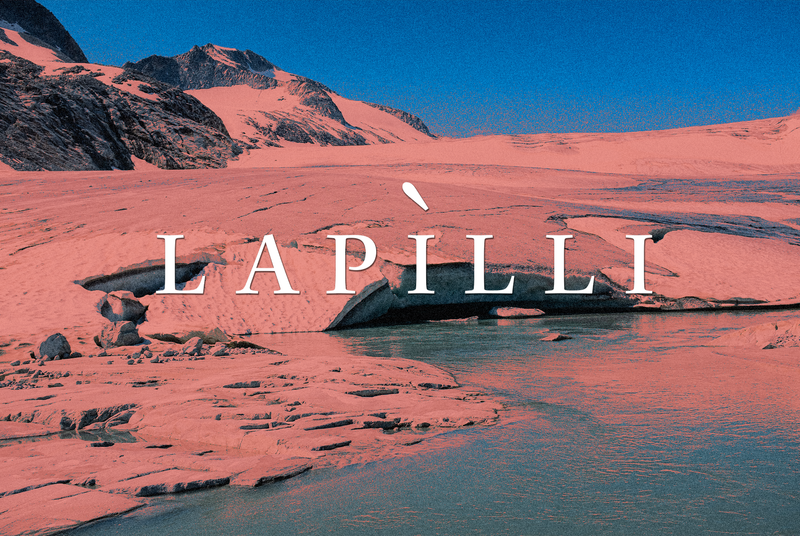In this month’s newsletter, we dedicate a long section to current events. As is often the case in summer, August saw its share of wildfires, heatwaves, other extreme events and related consequences. But it’s not all doom and gloom, we also feature constructive stories, such as how the French city of Lyon is preparing to better cope with summer heatwaves and a few projects that are trying to save the noble pen shell from extinction. We also highlight initiatives for carbon offsets that may be less sustainable than they claim, as well as the impact of phosphate mining in Tunisia.
Finally, we return to topics close to our hearts, such as water resource management in a drought-stricken Mediterranean crowded with tourists and invasive blue crabs. We also take a look at the plants now occupying spaces where until recently there were glaciers and a Posidonia restoration initiative in Tunisia. As always, we hope you enjoy reading.
Also, thanks to those who completed last month’s survey and to the many journalists who expressed interest in the first edition of the Magmatic School of Environmental Journalism. We are carefully evaluating all the inputs we’ve received; we’ll get back to you soon!

Heat and flames in Greece. Along with wind and drought, this summer’s high temperatures have further fueled the fires that broke out north of Athens between August 11 and 12, burning at least 10,000 hectares of forest (CNN). Already in July, Greece had experienced a long heatwave, possibly the longest since 1980, according to Meteo.gr, a company specializing in weather forecasts in the country. Temperatures 6 to 8 degrees Celsius (10.8 to 14.4 degrees Fahrenheit) above seasonal averages continued into August, particularly in the northern, western, Ionian regions of the country, and in the Peloponnese. According to an analysis by the U.S. organization Climate Central, human-induced climate change has made these anomalies at least five times more likely. “If we do not stop burning fossil fuels, devastating summers with extreme temperatures in the Mediterranean will become the norm, not only in Greece but across the region,” stated Andrew Pershing, the researcher leading Climate Central's scientific activities. According to Meteo.gr, fires have affected 37 percent of Attica's forests in the past eight years.
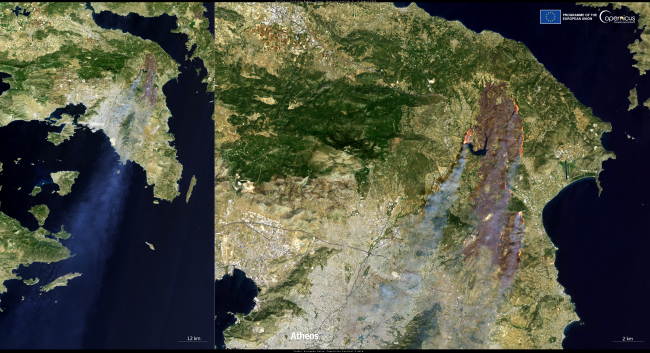
Dead fish in Volos. In the past month, it was not just fires and heatwaves that destabilized Greece. In the last days of August, more than a hundred tons of dead fish blanketed the port of Volos, a central city between Athens and Thessaloniki. Experts link the incident to this summer’s scarce rainfall and high temperatures, as well as the storms that flooded Thessaly last fall. At that time, extreme precipitation flooded a vast area across and around Lake Karla, which shrank in the summer from the excessive heat. Freshwater fish found themselves displaced from their habitat and pushed out to sea. Greece’s Supreme Court prosecutor, Georgia Adeilini, announced an investigation to determine responsibilities for the incident, which has also had significant repercussions on tourism (Reuters; The New York Times).
A riskier warming sea. The Mediterranean is a popular summer destination for boating enthusiasts, but climate change could heighten the risks even for those at sea. The case of the "Bayesian," a superyacht that sank off northern Sicily resulting in seven fatalities, is a good example of what could lie ahead. A CNN article highlights this tragedy within the larger context of extreme weather events and their impact on the Mediterranean. While the exact cause for the sinking is still unknown, it's clear that the yacht was hit by a powerful storm, similar to one that had already caused damage in the Balearic Islands. The Mediterranean's waters are warming due to climate change driven by human activities, leading to increased energy in the atmosphere, which, in turn, fuels stronger winds, waterspouts and storms.
Sea snot in the Adriatic. In almost the entire northern Adriatic, this summer will likely be remembered for its sea snot. Sea snot, or marine mucilage, is a gelatinous substance produced by microalgae like Gonyaulax fragilis, which thrive in warm water with high concentrations of nutrients, such as phosphorus and nitrogen. When the phenomenon is widespread, marine organisms living near the seabed are especially affected, as they may suffer from oxygen depletion (The Atlantic, from 2021 archive). Already by late June, a slimy, light-brownish layer was covering large surface areas of the sea near the Slovenian and northeastern Italian coasts (The Slovenian Times). Sea snot occurrence, which used to be frequent and intense in this area in the late 1980s and 1990s, had been significantly reduced over the last 20 years partially due to regulations that lowered phosphate levels in detergents. But an image taken on August 7 by the European Union's Copernicus Earth observation program's Sentinel-2 satellite shows the notable extent of this year’s mucilage along the Emilia-Romagna coast. Contributing factors to this may include elevated sea temperatures and the heavy rainfall recorded in the months leading up to summer.
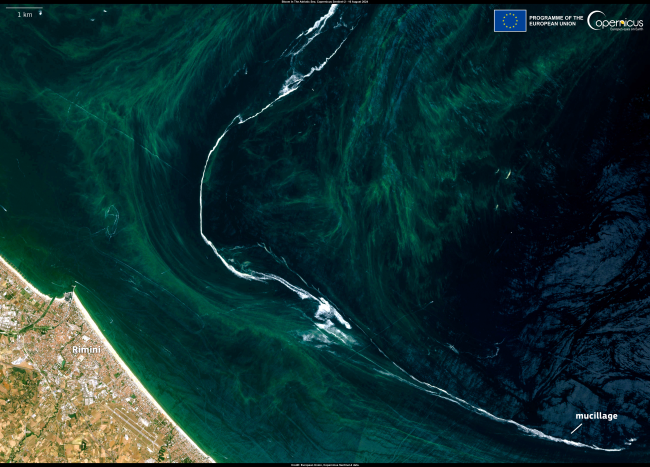
At the end of August, in the Conero area, on central Italy’s eastern coast, researchers from the Institute for Biological Resources and Marine Biotechnology of the National Research Council in Ancona documented a massive die-off of Mediterranean mussels (Mytilus galloprovincialis). In addition to the sea snot, which may have only partially contributed to the event, researchers emphasized the role of prolonged marine heatwaves that saw surface sea temperatures exceeding 30 degrees Celsius (86 Fahrenheit) in the Mediterranean (CentroPagina).
In El-Arish, Egypt, on August 15, for instance, the sea temperature reportedly reached 31.96 degrees Celsius (89.53 Fahrenheit). If measurements are confirmed, the average daily surface temperature of the Mediterranean Sea could have set a new record in mid-August, surpassing the 28.71 degrees (83.68 Fahrenheit) recorded on July 24, 2023 (Le Monde).
Unhealthy tropical nights. The heatwave that affected Italy and other Mediterranean countries at the beginning of August was particularly unusual in terms of duration and intensity. "In some regions, the consecutive number of tropical nights and maximum temperatures above 34 degrees Celsius (93.2 Fahrenheit) has even surpassed those in 2003 and 2022," meteorologist Giulio Betti wrote on X (Tropical nights are nights when the temperature does not drop below 20 degrees Celsius, 68 Fahrenheit.)
"We’ve become accustomed," said Magali Reghezza-Zitt, a geographer and senior lecturer at the École normale supérieure in Paris, to the French publication Mediapart about the heatwaves that also affected France in August. "We forget that experiencing 40 degrees (104 Fahrenheit) was almost impossible in the 2000s." Reghezza-Zitt also noted an increase in tropical nights. "[They] can be dangerous for patients with underlying health problems because their bodies can no longer rest during the night," she said. "The other concern is humid heat," she added. "We've begun receiving low alarm signals [about this] on the Mediterranean coast. These are climatic conditions that prevent the skin from perspiring, and that heats up the body" (Mediapart).
Besides physical effects, heatwaves also have repercussions on mental health, as highlighted by the Italian crowdfunded publication Valigia Blu in the final part of one of their climate crisis round-ups, where a series of studies on the topic are listed. According to Valigia Blu, mental health hospitalizations typically increase during these extreme heat events. Additionally, they can affect a person's mood, causing stress and irritability, often related to difficulties with sleep.

Adaptation challenges: the case of Lyon. This is an issue that impacts everyone living in urban areas. During heatwaves, temperatures in cities can soar even higher due to the well-known urban heat-island effect caused by asphalt, concrete and a lack of tree coverage. In this interactive article published in Le Monde, the French newspaper highlights the case of Lyon, a city where the number of heatwave days is projected to rise from 10 per year to 36 by 2070. The article is divided into sections, each focusing on a different district of the city and its efforts to adapt to an increasingly hot future. This overview picture is one of a fragmented city in which the level of wealth of a neighborhood makes the difference (Le Monde).
Rescuing Mediterranean Pinna nobilis. Mediterranean noble pen shells (Pinna nobilis) are particularly large filter-feeding mollusks (they can grow up to 1.2 meters, or 47 inches, in height) but are one of the most endangered species in the Med due to habitat degradation and fishing — even ancient Greeks and Romans harvested them for the silk-like filaments that anchor them to the seafloor. In 2016, Spanish marine biologists noticed a sudden die-off of these mollusks along the Andalusian coast. It was found that the culprit was a pathogen — likely linked to the arrival of invasive species and rising water temperatures. Recently, several initiatives have emerged to try to save noble pen shells. In Croatia, efforts are being made to grow these huge mollusks in controlled environments, and in Spain, researchers are searching for Pinna nobilis in the open sea that are more resistant to pathogens and high temperatures. These populations are then brought to safe environments in an attempt to reproduce them (BBC).

Questionable offsets. An article by journalist Marta Frigerio, with photos by Natália Alana, takes us to Tuscany, Italy, to tell us about a project designed to offset the emissions of polluting companies that could potentially threaten local biodiversity. In Diaccia Botrona, a protected wetland not far from Castiglione della Pescaia, work has begun on creating the largest bamboo forest in Europe. The project aims to plant 103 hectares of Phyllostachys edulis, a non-native bamboo species that, according to some experts interviewed for the story, could disrupt the delicate balance of this natural reserve. The plantation — which is awaiting Environmental Impact Assessment approval from the local administration to continue with planting — is managed by a Milan-based group that also operates in the voluntary carbon credit market. According to the project's rationale, the bamboo is planted to absorb climate-altering emissions from companies that can then claim to be “climate neutral” and “net zero.” In addition to concerns that the bamboo could invade the Diaccia Botrona marsh, the article raises other issues with the project and, more broadly, with the carbon emissions credit offset system, described as "an easy and cheap shortcut to a climate neutrality that is only superficial" (Radar Magazine).
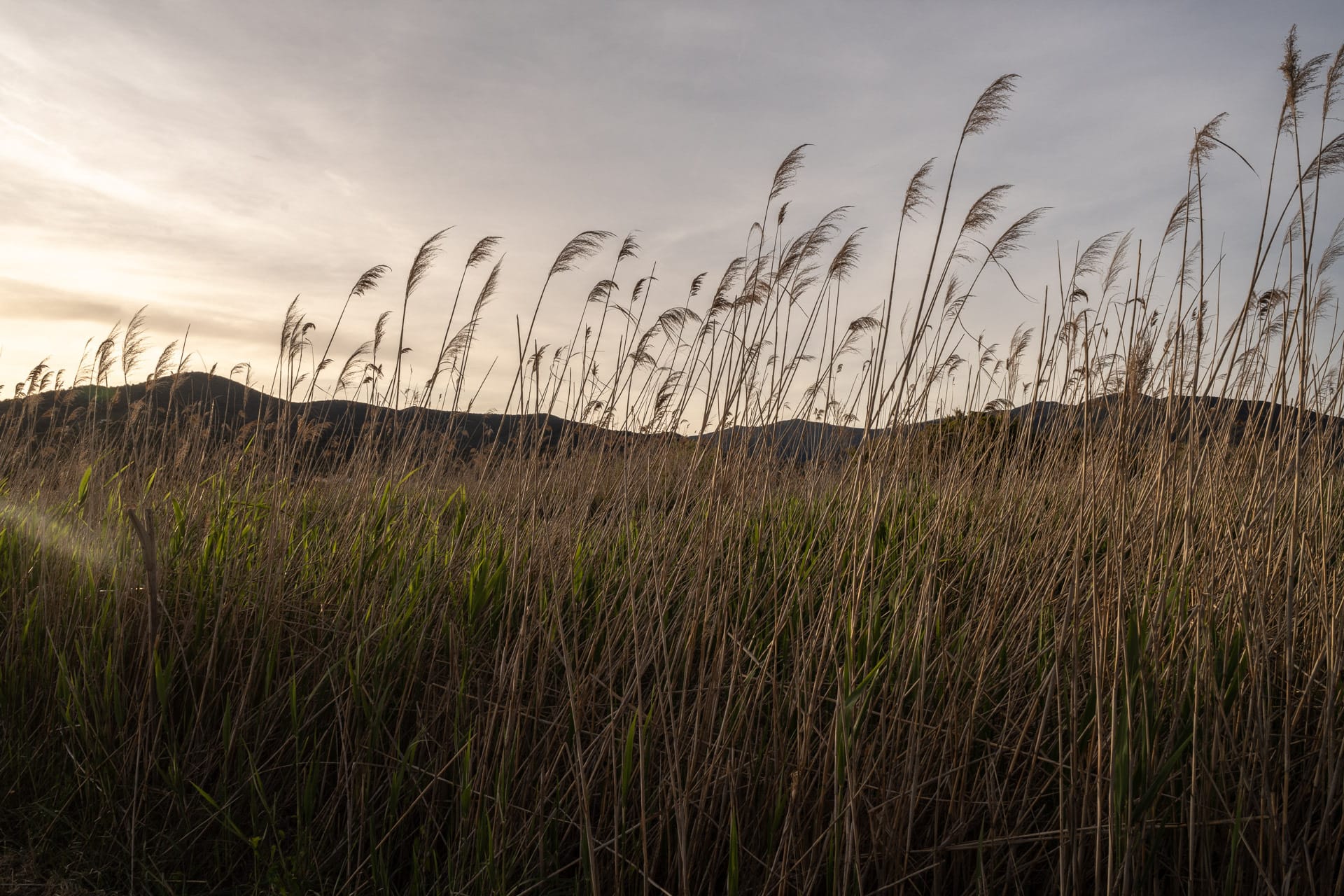
European agriculture, fertilized by the Tunisian desert. A story from the sandy interior of Tunisia investigates the social and environmental impact of phosphate mining in the Gafsa Valley, near the Algerian border. Journalists Arianna Poletti and Sofian Philip Naceur, supported by Daniela Sala's compelling photographs, take us into the heart of one of Tunisia's key industries. From here, phosphate — a crucial mineral — is exported to the "Global North" to produce fertilizers, which are widely applied in industrial fruit and vegetable farming across Europe. The phosphate industry accounts for about 3 to 4 percent of Tunisia's gross domestic product. But after decades of mining, high levels of pollution, poor working conditions and political instability, the industry is becoming more of a liability when, if it was well-managed, could actually benefit the country’s economy (Foreign Policy).

Overcrowded water resources. Spain often faces drought conditions — not only inland but also along the coast, where summer tourists consume large amounts of water that reduces the available supply for the country’s many fruit and vegetable crops. To address this problem, Spain decided years ago to invest in desalination plants, establishing around a hundred of them and becoming one of the leading countries in Europe for converting seawater into drinking water or water for agricultural and industrial use. Some believe desalination plants are the future for regions with scarce water supplies. However, these plants are costly, energy-intensive and have a significant environmental impact (New York Times). In Italy, there are about forty small desalination plants, mostly on the islands, but with ongoing droughts, there is increasing discussions about building new and larger ones (Fanpage).
Yet, on the topic of water consumption, drought and overtourism, we want to share an interesting video produced by Arte and featured by Internazionale. It highlights the conflicts that emerge when millions of tourists flood destinations like Sicily, the Greek islands or the Spanish coast during the peak summer months, right when drought conditions worsen (If you're interested, here's another a story from the Financial Times on this topic). In Spain, in particular, protests against mass tourism are growing louder, with some suggesting limits on the number of flights and cruises to certain destinations.
The gourmet side of blue crabs. Two recent feature stories focus on blue crabs, an exotic species now settled along Mediterranean coasts. One report, published in the Washington Post, explores the subject from a more culinary perspective, through the eyes of an American journalist who knows blue crabs well. In some parts of the United States, blue crab is considered a delicacy, although it is not currently thriving. The report — accompanied by photographer Luigi Avantaggiato’s images — documents how this species, which is invasive to the Mediterranean, can be successfully integrated into Italian cuisine.
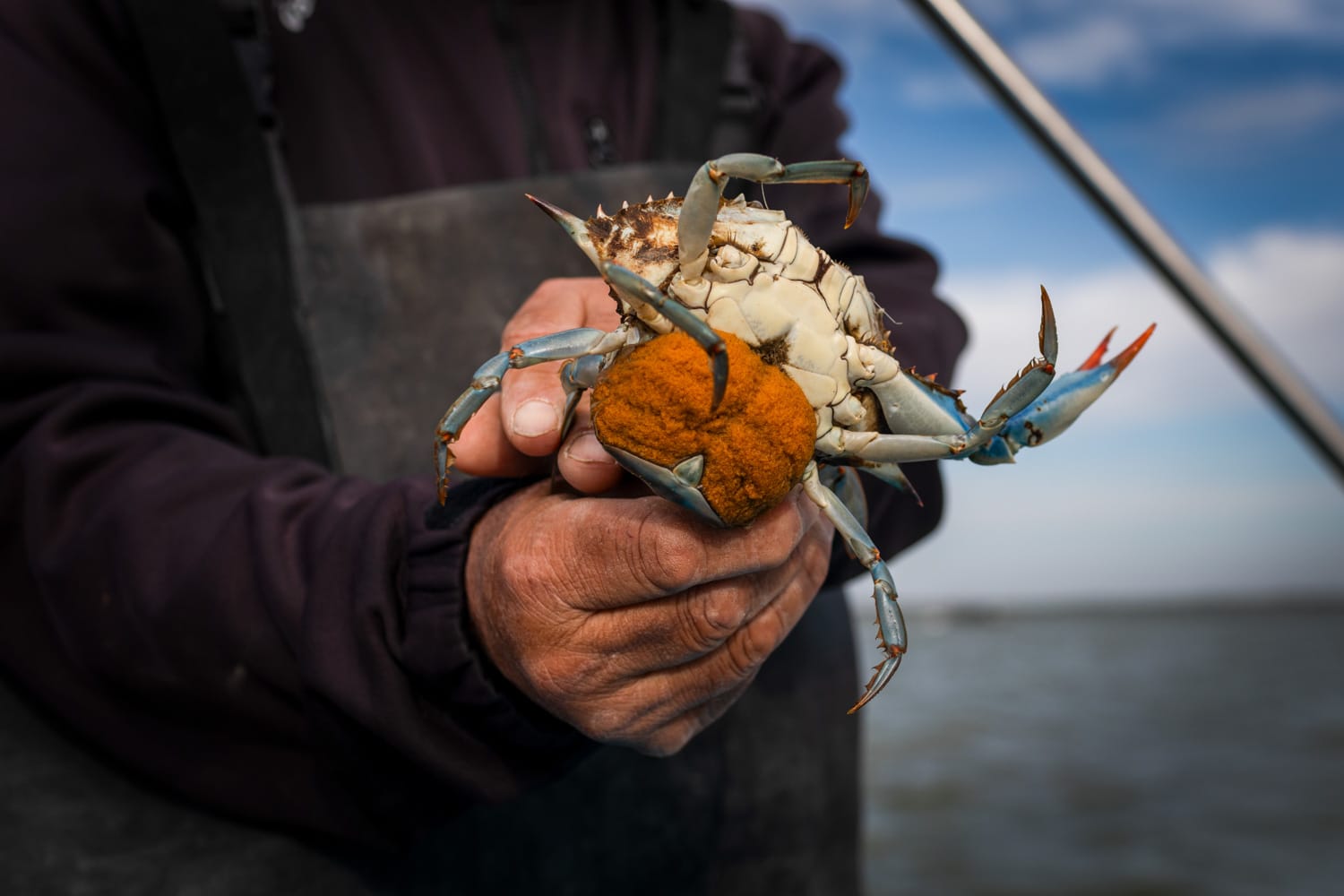
The other article — written by journalist Francesco Martinelli and with photographs by Elisabetta Zavoli — has a more scientific approach and explores the issue beyond the Po River Delta. For instance, it describes the situation in Greece, where for the past two years, a festival dedicated to blue crabs has been held to raise awareness about the consumption of exotic species, which are becoming increasingly common in our seas in part due to warming waters. In Greece, blue crabs are not commonly found on fish counters, but some companies have started exporting their processed meat abroad (National Geographic Italia).
And, speaking of possible strategies to respond to the spread of invasive marine species in the context of a changing climate, we highlight this recent publication on aquatic bioinvasions and fishery management released by the United Nations’ Food and Agriculture Organization and written by an international group of researchers. Chapter one in particular analyzes pros and cons of nine possible measures to manage established aquatic exotic invasive species, from establishing a commercial fishery to doing nothing at all.

In the Alps, plants are rapidly replacing melting glaciers. A study published in the Botanical Journal of the Linnean Society focuses on the significant impact climate change is having on alpine ecosystems, showing how rapidly plants have occupied areas of the Gran Paradiso National Park, Italy, that have been exposed from glacial melting. The research found a significant increase in the number and coverage of plant species, far exceeding previous predictions. These changes could destabilize ecosystems and threaten alpine species, as well as have positive effects on soil stability, highlighting the importance of continuous monitoring to guide effective conservation strategies (Greenreport).

Restoring Posidonia meadows in Tunisia. There are various projects across the Mediterranean aimed at protecting and expanding the presence of Posidonia oceanica, a crucial plant for marine ecosystems, often referred to as the "lungs of the sea" due to its ability to produce oxygen and capture carbon dioxide. Reuters has produced a video about a project off the coast of Monastir, Tunisia, where Posidonia is suffering due to high sea temperatures, pollution and trawling. Here, scientists are planting Posidonia with the goal of restoring some of the lost seagrass meadows.
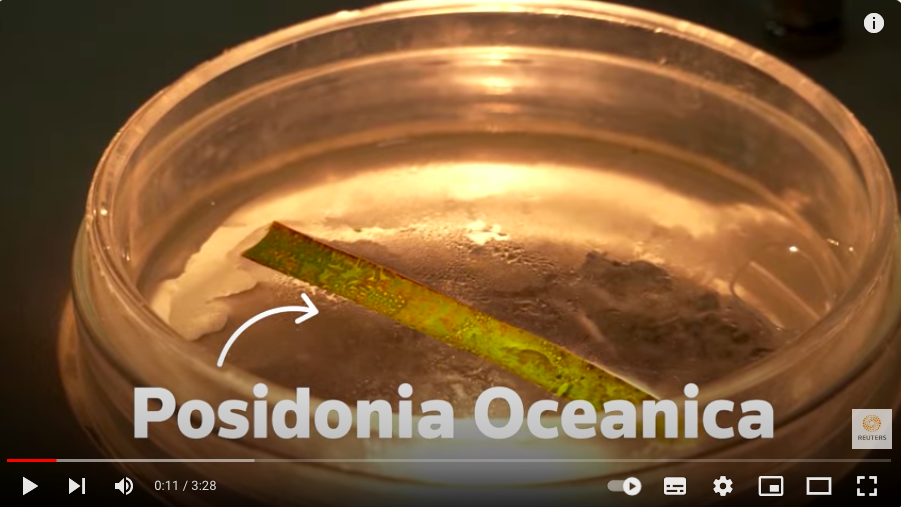

MAGMA
At Magma, we are committed to reporting on the ways climate change is transforming the Mediterranean region. We currently do so mostly through Lapilli, a monthly newsletter written in Italian and English, that has a free and premium version. Find out who we are and read our manifesto.That's it for this month. Thank you for reading this far. See you in October or earlier with Lapilli+.
If this newsletter was forwarded to you, you can subscribe here to continue receiving it. Lapilli is free and always will be, but in case you would like to buy us a coffee or make a small donation, you can do so here. Thank you!
Lapilli is the newsletter that collects monthly news and insights on the environment and the Mediterranean, seen in the media and selected by Magma.

